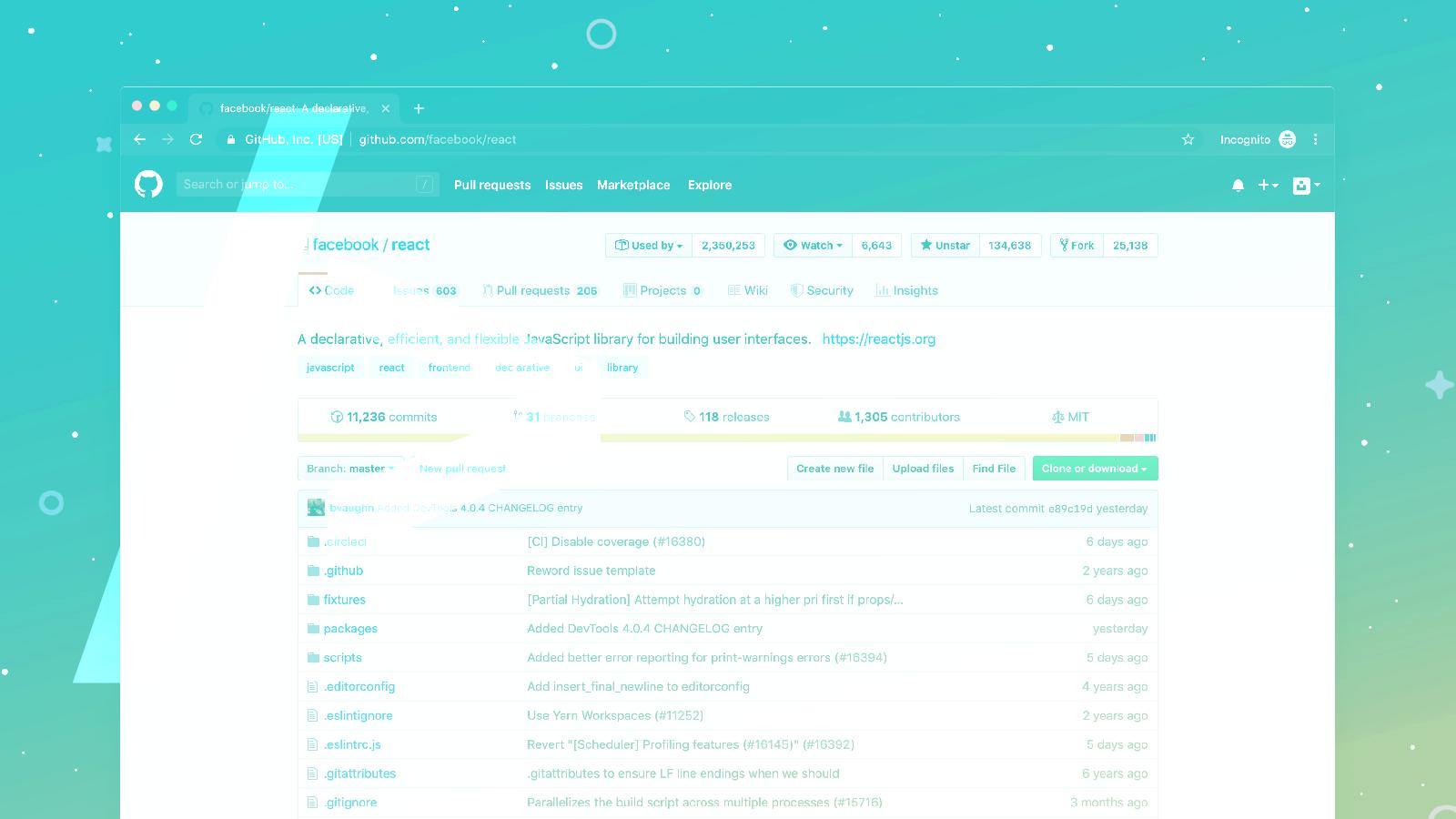
Continuous Integration and Continuous Distribution (CI and CD) are the fundamental pillars in modernisation and streamlining software development. By adopting a CI and CD strategy, organisations can respond nimbly to changing market demands, providing a constant flow of value to end users and promoting collaboration and transparency between development and operations teams.
Continuous Integration involves the frequent and automated integration of code into a shared repository, which encourages early detection of conflicts and bugs, enabling immediate fixes. Continuous Distribution focuses on the automatic and constant delivery of applications to test and production environments, ensuring that every implemented change is ready and verified for immediate deployment.
These approaches not only accelerate the pace of development, but also improve quality y software stabilitywhile reducing the risk associated with implementations.
Adopting a CI and CD strategy not only transforms the way software is developed and deployed, but also brings multiple benefits that drive innovation, quality and collaboration in product and service development. We highlight up to 6 benefits:
In the context of DevOps technologiesThe main differences between CI (Continuous Integration) and CD (Continuous Deployment) lie in their focus and scope. CI focuses on constant integration and validation of code to catch bugs early, promoting collaboration and code quality. CD, on the other hand, goes further by automating the delivery and deployment of committed changes, ensuring that applications are delivered reliably and consistently in diverse environments, including production. While CI ensures code consistency and quality, CD focuses on the efficient and secure delivery of applications ready for use in production and other environments.
The choice of tools and technologies will depend on the specific needs of each project, but these widely used options provide a solid foundation for successful IC and DC implementation. The main IC and DC technologies include:
Successful implementation of CI and CD brings with it significant challenges that require a strategic approach. Common challenges include the continuous integration of changes in complex environments, effective test automation and coordination between multidisciplinary teams. To overcome these challenges, it is recommended to adopt best practices such as the standardisation of workflowsThe implementation of comprehensive unit and integration testing, and the use of infrastructure as code to ensure consistency at different stages of the development cycle.
In conclusion, the field of DevOps offers a wide range of training opportunities y labour is constantly expanding. As companies seek to optimise their development and deployment processes, the demand for professionals with DevOps skills continues to grow.
This dynamic environment offers opportunities to acquire knowledge and skills through specialised training programmes, such as those offered by IMMUNE Technology Institute. The programme DevOps Bootcamp not only provides quality education, but also the opportunity to be at the forefront of the latest DevOps practices.
If you are looking for technology training fill in the form for more information.